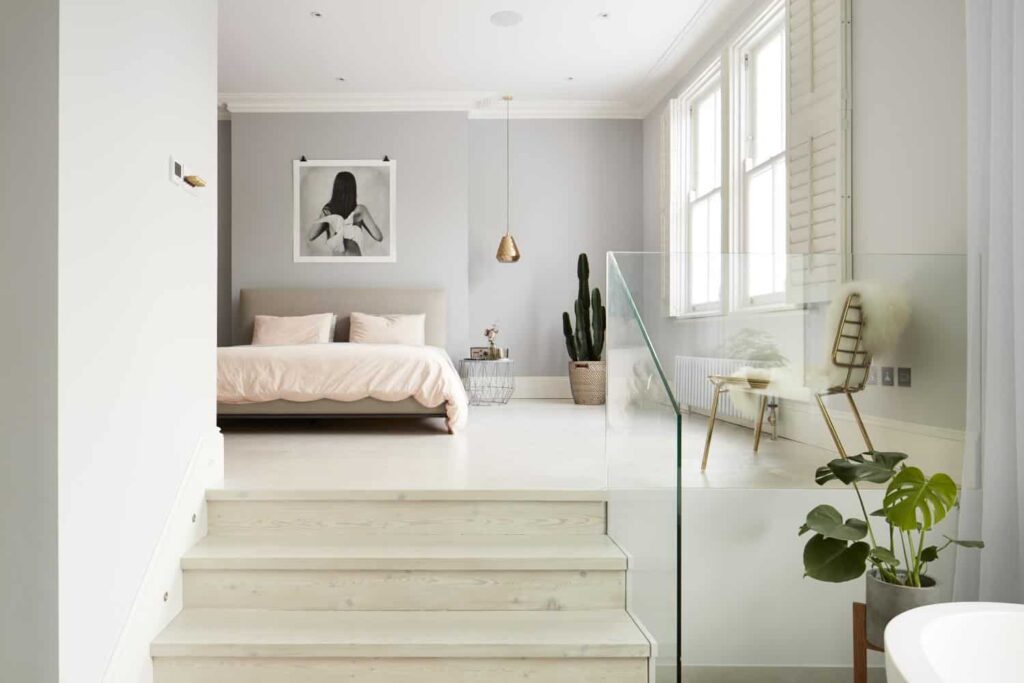What’s going on with luxury construction in London

Some areas in London like Chelsea, Kensington, Knightsbridge and others are synonymous with luxury. Homes in these areas are assumed to be large and spacious, with high ceilings, full of character and with an air of decadence, old-world-ness and charm.We have been working in these locations for the last 5 years and thought we’d share […]
8 Room Layout Mistakes to Avoid

Over the years, the SDA Build London team has worked with several talented architects and interior designers and we’ve picked up some helpful tips when planning your room layout and space. A close working relationship with these professionals is essential to give our clients their dream home. They visualise and plan in consultation with the […]
Service Lifts in Chelsea Properties

If you live in a 3-4 storey property with your kitchen on the lower floors and staff to cook your meals, you might consider installing service lifts AKA a dumbwaiters or microlifts, to make sure your dinners are served hot and on time and to save you the hassle of walking 3 flights of stairs every time you […]
Designing a Yoga Room at home

Basement conversions in Chelsea and Kensington are in demand as space constraints prevent rear or side extensions. Not only do they add valuable floor space to your property and increase the value of the property, but are extremely versatile and can be used for several purposes, including cinema rooms, gyms and kitchens.If your property is in an […]
8 Renovation Costs You Won’t Have Factored In, But Should Have

Make sure you account for some of these renovation costs. When commencing a refurbishment project, most of us do our homework with regards to costs and budgeting. This article in Houzz by Victoria Harrison flags some “unexpected” costs that you probably haven’t added to your comprehensive spreadsheet. If you’ve ever undertaken any renovation work, you’ll know most projects […]
Feeling hot, hot, hot? Time to install Air-Conditioning…

In the last year, we have worked on several Chelsea Construction projects in London. Chelsea and Kensington are areas that we particularly enjoy working in as the homes here have personalities of their own. Many of them are 3-4 storeys high and are characterised by high ceilings, large rooms and traditional features which need to […]